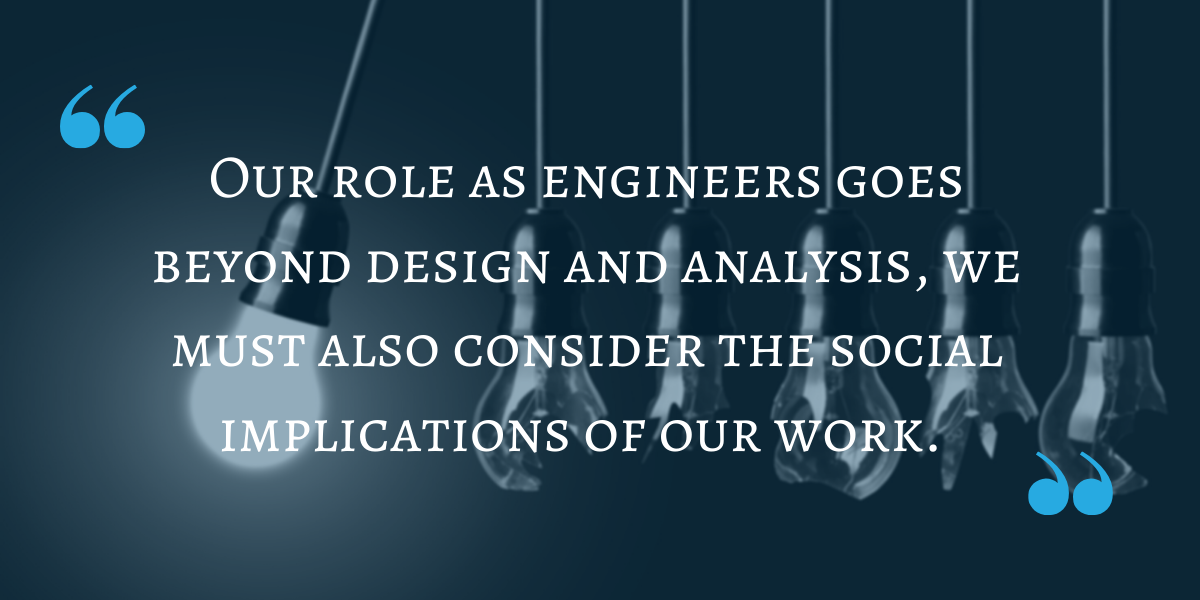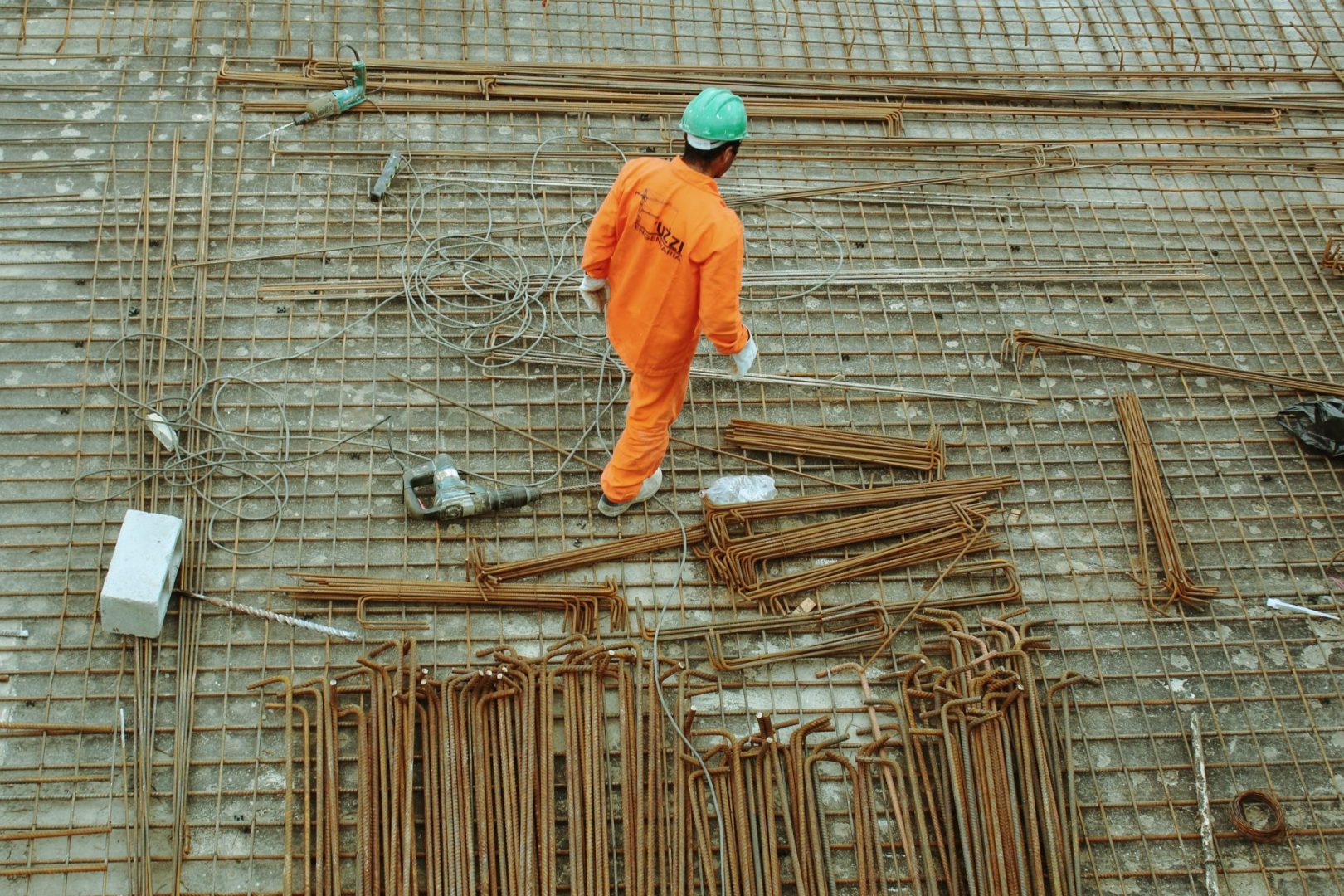
Engineering and engineers have been around for thousands of years. In this time, we have had both positive and negative impacts on the lives of millions.
The first engineer mentioned by name in history was Imhotep, who we believe was responsible for the design and construction of the first pyramid in ancient Egypt. The Pyramid of Djoser which was constructed around 2650 BC is 121m wide, 109m long and 62.5m high; and it remains a standing testament to structural engineering but one which I believe is often overshadowed by the newer and more famous pyramids at Giza.
Because the labour-intensive construction of the Djoser Pyramid ultimately set in motion the plans for many more Pyramids and the enslavement of thousands of people, one could argue that Imhotep did not consider the social implications of his work. Perhaps this is the real reason why he was portrayed as the villain in the ‘Mummy’ film series.
One of the first major feats of hydraulic engineering was the construction of ‘Aqua Appia’; the first Roman aqueduct. Although little of it remains today, the 16 km aqueduct supplied in the region of 75,000 m3 of water to the City of Rome each day. It replaced the River Tiber as the main source of water to the Romans, which even at that time was badly affected by pollution. The health benefits associated with the provision of clean drinking water is perhaps the greatest contribution we as engineers have made to humanity.
Unlike the River Tiber, the main existing supply for the Greater Dublin Area (GDA), the River Liffey, can continue to be utilised thanks to recent upgrade works to the Leixlip Water Treatment Plant.
At present, TOBIN are working on other large infrastructural water services projects such as the Water Supply Project (WSP) Eastern & Midlands Region. TOBIN have considered the potential implications of climate change (such as prolonged drought) on the security of the water supply to regions of the midlands and the Greater Dublin Area (GDA). The emerging solution for the WSP involves the abstraction and treatment of water from the River Shannon. This water will be pumped approximately 170 km eastwards to supply areas in the midlands and to complement the existing supply for the GDA.
Our role as engineers goes beyond design and analysis; we must also consider the social implications of our work. Our true responsibility is to improve the quality of people’s lives. We should strive, in the context of engineering at least, to be less like Imotep and more like the Romans.



